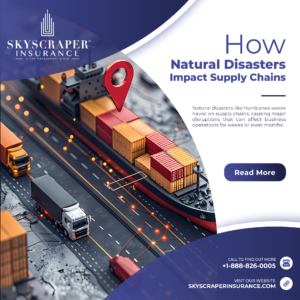Customers have become accustomed to digital experiences with other industries. Insurers will need to keep up, or risk falling behind and losing them to the competition.
Customer expectations have been reshaped in recent years as digital technologies have enhanced the experience. This is no less true of insurance. In fact, 50% of insurance customers rank personalized digital communications as a high priority. But while customers are increasingly turning to carrier websites and portals for support, a majority of customer service today is still provided over the phone or by email.
Dan Michaeli, CEO of Glia, says that while offline customer service is sometimes the preferred channel for customers, when customers are forced to disengage from the digital experience to receive support it leads to a frustrating experience and inefficiencies. And for carriers looking to transform fully to Digital Customer Service, an effective strategy can make or break the implementation.
Developing an interaction strategy
Michaeli notes that when customers interact with customer service, it’s a time when customer loyalty is most under stress. It’s crucial that the digital process remains seamless.
“Inefficiencies come into play when the customer begins online and is forced to move offline to have their needs met,” says Michaeli. “This means restarting the process on a call with a service rep who doesn’t know where the customer is in their journey. This may lead to a poor experience due to inefficient and ineffective customer service, in turn translating to higher risk of policyholder churn.”
Carriers transitioning to a greater emphasis on digital interaction can begin by simply reiterating their long-established principle — that customers are the No. 1 priority. Michaeli recommends establishing an “interaction strategy” that keeps this principle in mind at every touchpoint.
With an interaction strategy, Michaeli says each customer’s needs are recognized at the beginning of their digital journey and the carrier pairs the right interaction type with the needs of the customer. For routine questions, this might mean having a virtual assistant available 24/7 to provide an answer, without requiring human assistance. And for more complex questions or needs, the policyholder can interact by their preferred digital channel — text, chat, voice or video — with collaboration features such as CoBrowsing available when needed. With an interaction strategy in place, carriers can determine the optimal mix of digital, phone and automation to increase customer satisfaction while optimizing operational efficiency.
Taking the fear out of transformation
Michaeli notes transformation may strike many carriers as overwhelming, but it doesn’t have to be. He recommends a step-by-step approach, testing digital interactions within workflows and then expanding when ready.
“It’s best to begin with a workflow where a customer begins their experience online but has to finish over the phone,” says Michaeli “This statistically has the most significant impact on satisfaction. Forrester suggests this, seemingly minor, ‘digital disconnect’ of moving from on-screen to phone drops NPS by 29%.”
Michaeli notes that carriers who don’t invest in digital interaction capabilities risk falling behind competitors who are making the investment. Meanwhile, customer expectations continue to evolve beyond the experience they’ve traditionally delivered, making the need to transition more urgent.
“Customers typically buy on price and leave on experience,” said Michaeli. “So, they need to invest in Digital Customer Service now to complete the end-to-end digital experience. If they don’t, there’s a good chance their customers will leave to find a carrier that does.”




